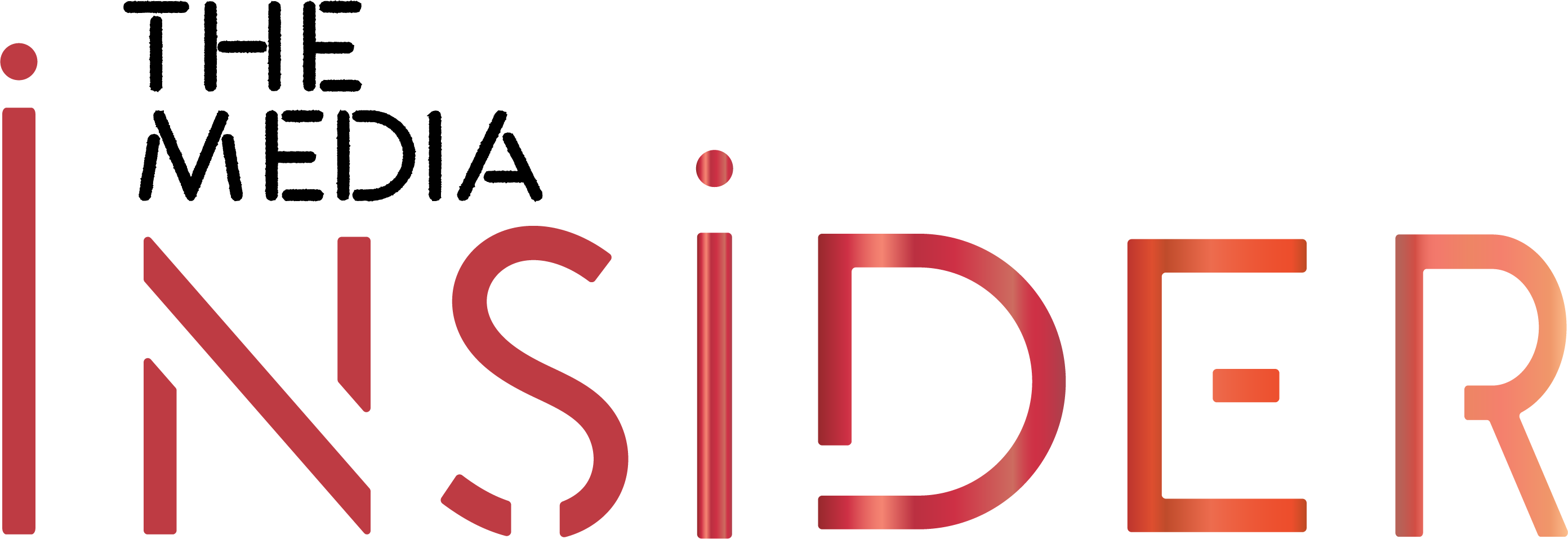First the Pitch, then the Release
You have to learn to pitch before you can send out a press release, so here goes:
The pitching process is 98% preparation and 2% execution. This is critical and what truly leads to successful media placements. Before you make that all important pitch you must first tackle a few tasks: I’ve broken it down into 11 steps.
- Find your target audience. What media do they read, listen to, and view? These types of media are your target media outlets. Ask yourself: “Who will be interested in this story? Which outlets will reach these people? Start your media list. This list should include:
-
- Local daily newspaper
- Weekly newspaper
- Business Journal
- Trade publications covering your type of business or expertise
- Local radio and TV
- Facebook, Instagram, Pinterest, Twitter
- If it’s a product or service that can be sold outside of your community, include national press as well.
-
- Find the journalist, editor or producer covering your beat. These will be available on the outlet’s website. Research the reporter. Read his past stories and check out contact preferences. We’re going to talk about your media list in the next chapter.
- Research the media outlet to make sure it is a good fit for your story idea. Familiarize yourself with the outlet and its particular focus or personality.
- Pitch ideas, not topics.
- Write your press release. We can also write it for you. Your release needs to be directly important to the audience. People don’t care what a shovel is made of, or whether or not it has a wooden handle. They care about the hole it can dig. Sell the hole.
- Most releases are delivered via email. Do not send an attachment without permission.
- Prepare Pitch Points with all the pertinent facts about your company and the story you’re pitching before you call or email.
- Prepare more than one story angle. Don’t waste everyone’s time by putting all of your PR eggs in one basket. Have a few angles to toss out.
- Call your contact with a brief pitch. Your first four words should be, Are you on deadline? Once you get the contact on the phone, explain why you think the story is important. In 20 seconds or less.
- Give the journalist or producer the heads up that you’ll be sending a release and ask for permission to send an attachment, if you have one, and you probably will. The release, a photo, perhaps a bio, etc.
- Follow up in a couple of days to make sure said reporter received your release and if additional information is needed.
More Pitching Rules:
- If you’re pitching TV, DVR the program you want to pitch for a week.
The #1 PR complaint from TV professionals is being pitched stories and guests that don’t match up with their shows’ topics, format, or time slots. The harder-hitting stories typically come earlier in the broadcast and topics get fluffier as the show goes on. If you want to actually land an interview, DVR the program for a week and study it. Understand how to make a concise suggestion on where your idea fits and who would be the appropriate anchor or reporter to tell it.
- Avoid pitching a competitor’s story.
One of my dear friends who works for CNN told me of a pitch she received offering guest commentary on a developing news story that CNN was covering. The sender started the email by citing stories on the topic from other competing networks. TV producers don’t want to be sent stories done by their competition, and they certainly don’t want to repeat another station’s story. - Know the shifts.
If you want to land the Today show, understand what time the show is on the air and don’t bother to call producers then. Observe the Twitter feed of the producer with whom you are trying to connect to learn when they are clearly near their desk. Or even better, just ask when they typically have a few minutes to chat.
- Listen for names—and use them appropriately.
One of my former co-workers has a name that can be male or female. She is female. Yet, sometimes she would receive pitches that began: “Mr. Blake. Immediate delete.
- Do your homework before you pitch. Every time.
The Press Release
It may be some time before your releases generate any coverage, but remember that every time you contact a journalist, you are raising your media profile and making the media aware of you and your business.
- Announce a new service.
- Announce a new product.
- Tie in with a national holiday, a birthday or anniversary.
- Report a new study of your own and your analysis or forecast.
- Write a white paper and announce its availability at your web site.
- Create and promote a special event.
- Use a current news event to frame your release.
- Host a seminar and announce the information discussed.
- Announce an upcoming speaking engagement.
- Schedule a speaking engagement at the local library… for free.
- Make reprints of speeches available at your website.
- Patents and trademarks.
- Litigation won.
- Announce the results of a new study.
- First person stories about people using your product or services.
- New clients you’ve obtained.
- New testimonials.
- Celebrities that use your product or service.
- Financial projections and forecasts.
- Announce a public appearance.
- Appointments by government officials to offices.
- Retirement of well-respected and revered employees.
- Recognition of long-time employees with 25 years of service or more.
- Internal promotion of key staff members.
- New members of important committees.
- Anniversary of the founding date of the organization or company.
- Report on a public project and offer insight to the problem.
- How to apply for internships in your company.
- How to apply for scholarships offered by your company.
- Open house where people can tour your plant, office etc.
And lastly, a few common PR mistakes.
- Don’t just blast press releases. Tell. The. Story. A newswire spam strategy might have a temporary effect on search engine optimization, but it doesn’t work long term. Your message has to be memorable or different or better yet, both. Not every company or product is original, but nearly anyone can craft a distinctive, relevant story.
- Your story doesn’t spell authentic. Authenticity is catnip. If the customer experience doesn’t live up to the claims, you’ll be lucky if a lack of coverage is the result. And remember, journalists and bloggers are customers, too.
- You’re drowning in industry jargon. Think twice before stringing together empty phrases like highly anticipated, industry leading, unique to the industry, blah, blah, blah. Just don’t do it.
- Your approach is impersonal. The personal approach, i.e. Face Time, phone call, etc. whether to customers or media, is crucial. PR is and always will be first and foremost about relationships.
- Your spokesperson is a bad actor. He or she needs to be engaged, prepared, and able to speak the speak, talk the talk, turning complicated information into easy to understand, in-layman’s-terms, simple language, preferably that of the audience.
- You want a quick fix. You won’t get one without the age-old game of relationship building. It is and always will be just as important in media relations as it is in sales or business development.
PR LINGO
We PR people use a lot of lingo that I’m sure makes no sense to anyone but us. Some of our favorites include:
- B-roll – “highlight” video of something we want to promote (company, person, event), often used to show broadcast outlets the potential for a story and/or provide them with footage for the story, similar to a movie trailer.
- Boilerplate – short description of a company, most often used at the end of a press release.
- Ed Cals – editorial calendars (predetermined story topics by media outlets).
- Flack – although defined as “a publicist or promoter,” it is also a derogatory reference — often used by journalists—to describe a bad PR executive.
- Hack – PR’s response to “flack,” often used to describe a poor journalist or reporting job.
- Hits – media coverage.
- In-house – a “corporate” job in which one conducts PR inside a business, as opposed to an agency job in which one services several clients at once.
- Ink/Inked – signed, as in “Pure PR Inks Deal with Author Malena Lott.”
- Journo – a reporter (journalist).
- Launch – the public marketing announcement of a people, places or product.
- Opp – opportunity, as in an opportunity to get media coverage.
- Pitch – note to inform/gauge interest.
- Prezo – a PowerPoint presentation.
- Pubs – publications, as in “we need coverage in at least 10 pubs.”
- Release – a news announcement.
- Running/ran – article appeared.
- Traction – interest/coverage.

